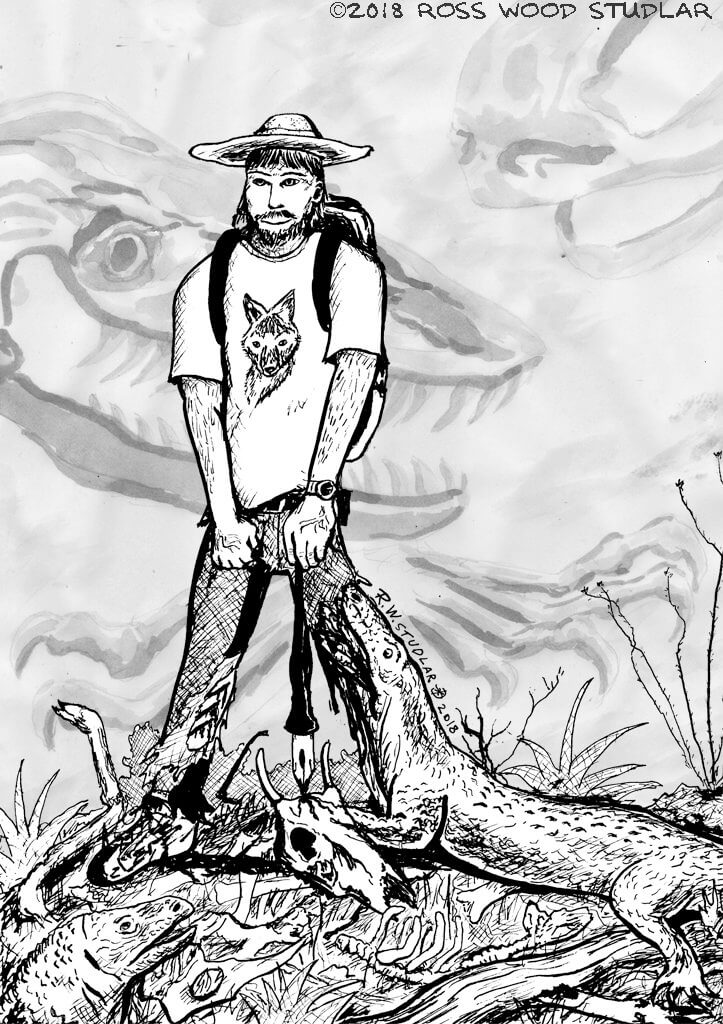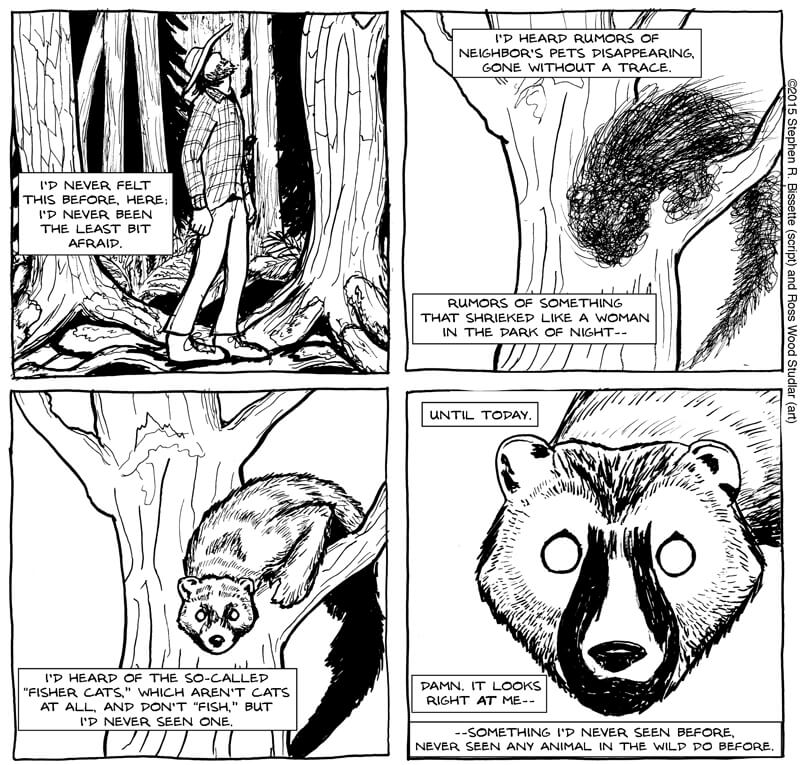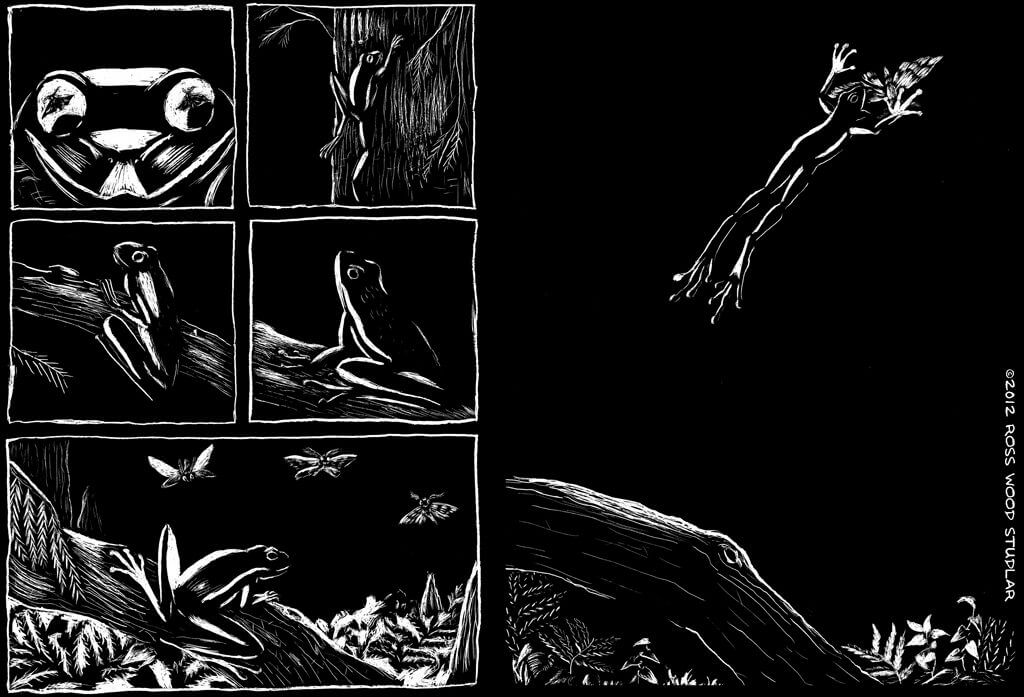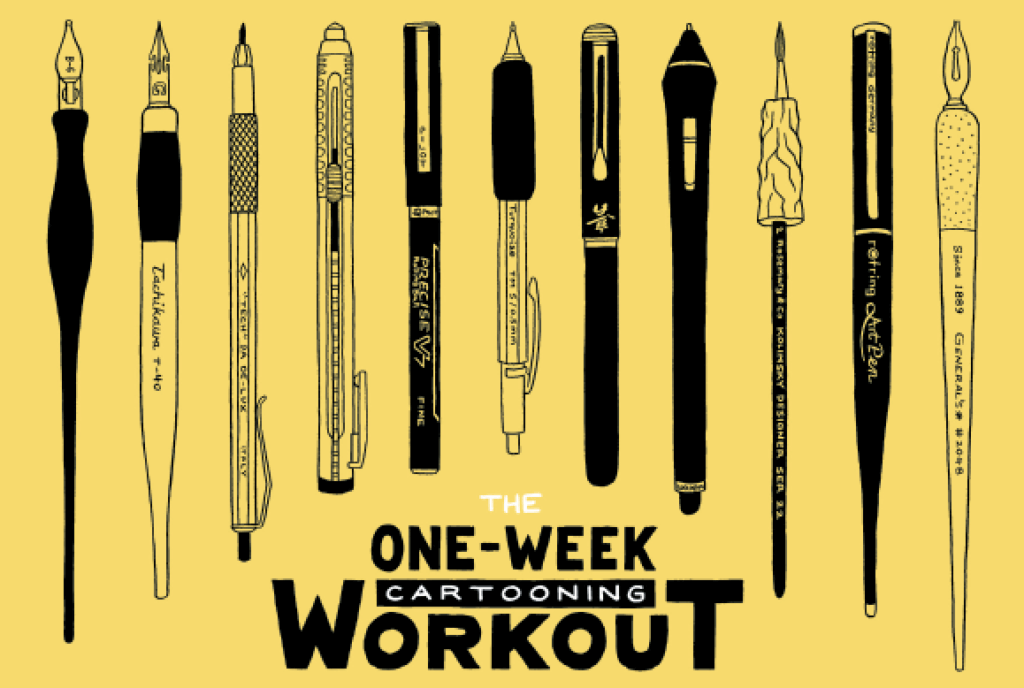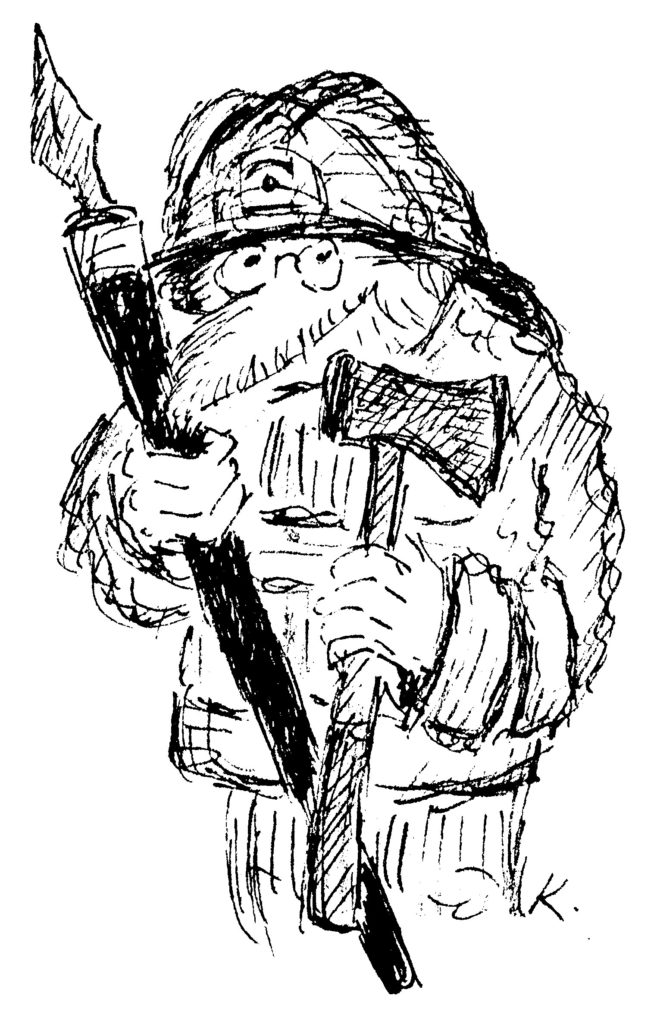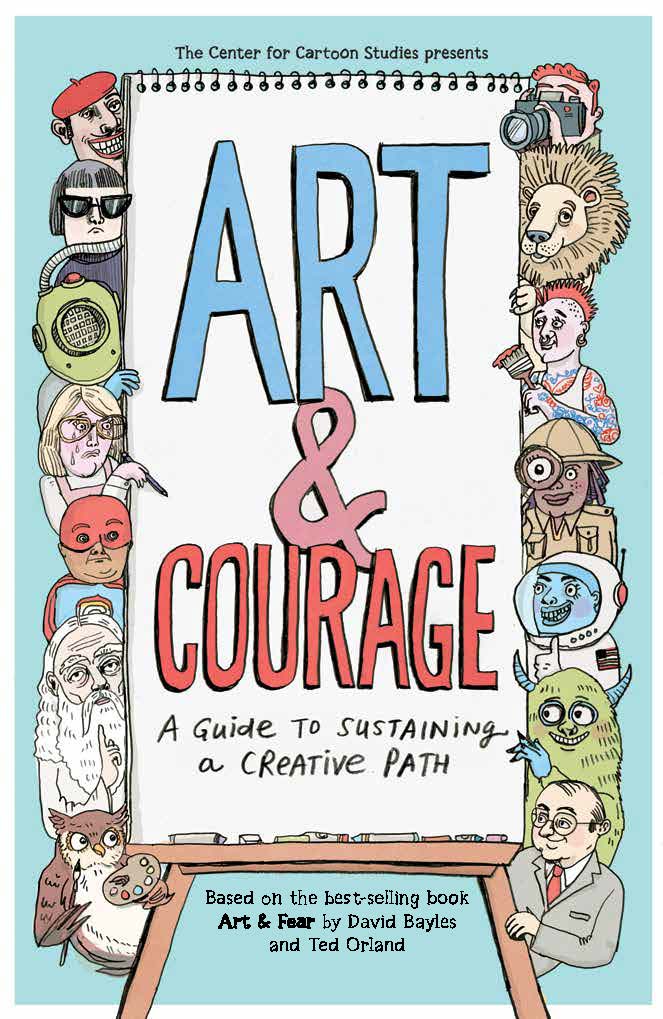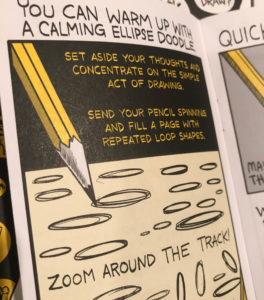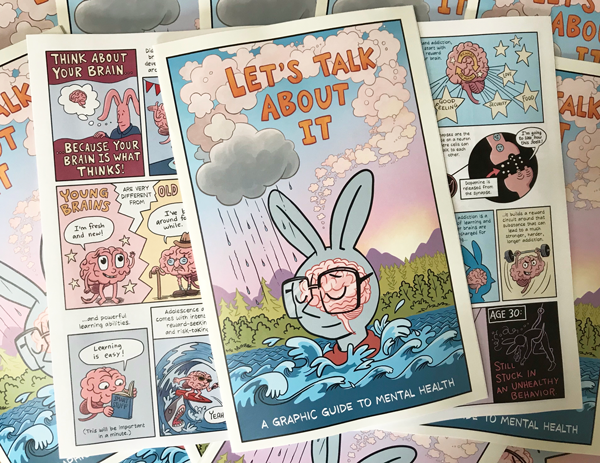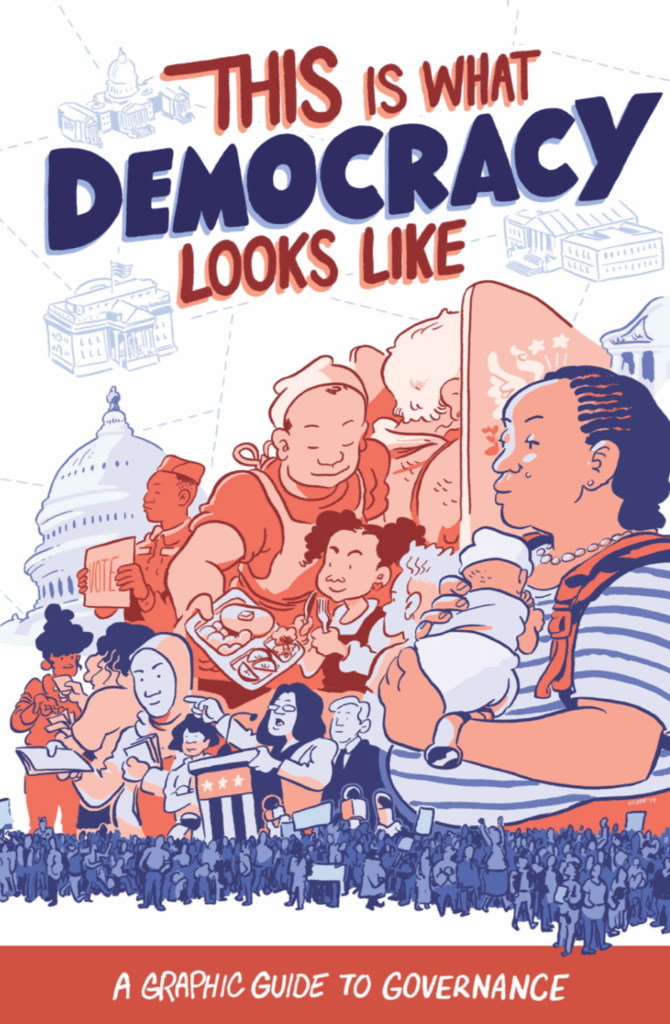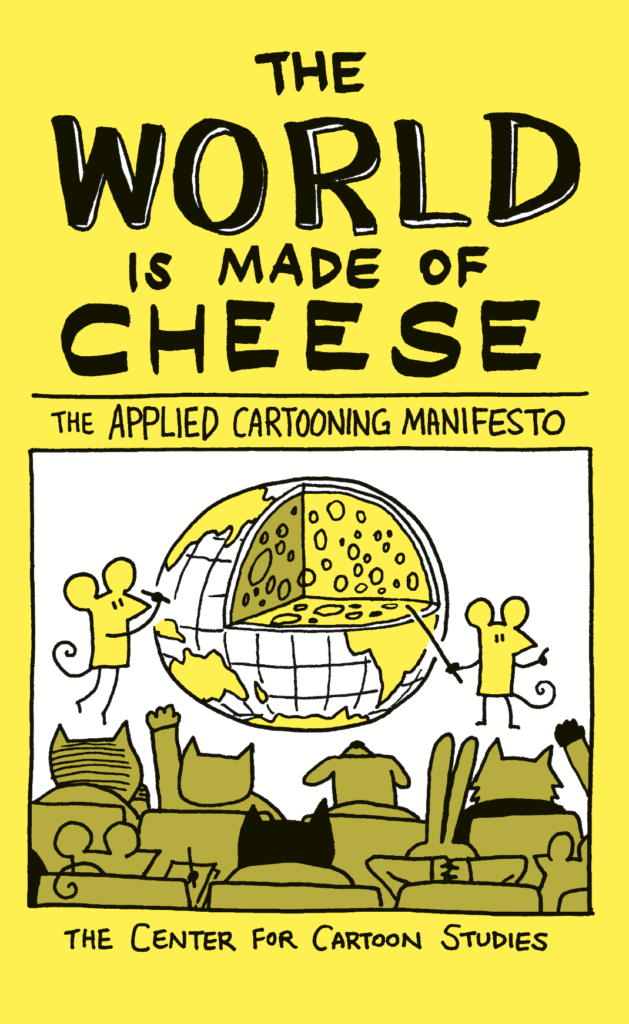August 28, 2018
Ross Wood Studlar ’07 became a fan of both Spider-Man and Ranger Rick when he was four. Today he still draws comics and is a park ranger at national parks. He did the following interview with Angela Boyle ’16.
Who was your thesis advisor and why did you choose them?
Stephen R. Bissette because his comics work, like mine, primarily features wild animals and monsters.
If you could have had any advisor alive or dead, who you would choose and why?
Neil Gaiman is someone I look up to for writing and storytelling. During childhood, my primary comics diet consisted of Marvel superheroes, and I became enamored with some of the DC Vertigo titles when I was a teenager. I was making science fiction comics predominately while a student at CCS and discovered in the process that I was better at drawing beasts than humans. The majority of comics I’ve made post-graduation feature wild animals and nature.
What is your day job and how does it affect your comics?
I work as a park ranger for the National Park Service. (However, I am answering this interview on my own time as an individual and independent human who does not represent any present or past employer.) I’m currently at Carlsbad Caverns; previous locations include Yellowstone and Crater Lake. I’m an interpretive ranger, meaning that I teach the public about all aspects of the park; this includes creating and delivering programs such as guided hikes, cave tours, and evening programs. In these productions, I tell stories through combinations of words and pictures, as I do in comics.
The nature that I experience and learn about at my job tends to become a focal point in the comics that I write and draw afterwards. For example, I first learned of the fearsome and elusive fisher (which is in the weasel family) when I was guiding snowshoe walks for school groups at Crater Lake National Park in the woods of southern Oregon. Along with fellow ranger Lise and a group of kids, we came upon fresh tracks in the snow, from some creature that seemed to have climbed down from a mountain hemlock, skitted across the snow, and dropped into a tree-well, moving light as a feather and silent as a ghost. The word “fisher” escaped Lise’s lips. I became fascinated by these furry beasts of the forest but was never quite able to lay my eyes on one. Fortunately, Steve Bissette had an unforgettable encounter with a fisher when he was a young man in Vermont. I collaborated with Bissette for a story about the fisher for the anthology Awesome ‘Possum, Vol. 2. Native American legends from Crater Lake were the inspiration for my graphic novella The Raven and the Crayfish. I’ve drawn some comics for National Park Service publications as well, including one about black-footed ferrets for the park newspaper at Wind Cave National Park, and one about Townsend’s big-eared bats for the Junior Ranger Book at Timpanogos Cave National Monument.
What are your favorite tools and why?
Inking is my favorite part of drawing. In most cases, I ink with Speedball Super Black India Ink, using a liner brush for outlines and a g-nib dip pen for fine details. I’m fond of the liner brush’s ability to make lines that are both controlled and expressive. I don’t swear by any particular brand, although I’ve been using primarily a Grumbacher #4 and a Princeton #4 (which are very different in size) for my recent work. For night scenes or cave scenes, I’m especially fond of scratchboard, carved up with X-ACTO Knives of varying blades. Scratchboard has some magic because it enables one to draw with light instead of with darkness. Intense music can help to keep my brush or blade moving; my favorites include Epica and Iron Maiden.
Any upcoming projects we can look forward to?
I’m at work on the illustrations for a Junior Bat Biologist kid’s activity book at Carlsbad Caverns (which has given me the opportunity to draw at work).
I’ll be producing more natural science comics featuring creatures large and small; possible upcoming topics include river otters and bear medicine.
I also have some science fiction comics in the works, including one about a bog planet whose long-snouted reptilian top predator is based on a sculpture I made when I was 16; one involving zombies, with other details remaining secret at this time; and one about a bee goddess named Apiara, who strives to save the world from ecological collapse brought on by radiation from wireless technology.
Tags: Alum, awesome 'possum, CCS Alum, interview, Ross Wood Studlar, Stephen R. Bissette, The Raven and the Crayfish
